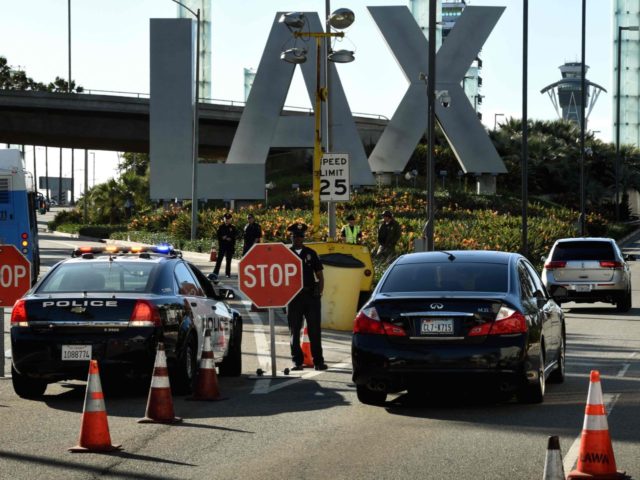Los Angeles International Airport (LAX) is starting to use commercially available facile recognition software to confirm the identity of international travelers and drastically speed up the check-in process.
As a former member of Homeland Security Region One, I can confirm that law enforcement, FBI and the National Security Agency have been using facile recognition technology for investigations regarding passengers traveling through the Tom Bradley International Terminal at LAX since at least 2002.
But recent advances in deep learning algorithms and artificial-intelligence protocols, coupled with computer processing speed and monitoring scalability, are believed to be mature enough to be operationally deployed for high reliability biometric identifications.
According to the U.S. Customs and Border Patrol daily AWT Report on February 1 for the Tom Bradley Terminal’s 15 gates, the average wait time differential by gate was between a low of eight minutes and a high of 17 minutes, or about twice as long. But the maximum wait time for the same 15 gates varied from a low of 19 minutes to a high of 86 minutes, or about 4.5 times as long. The biggest difference is due to gate staff actions.
That is why the National Transportation Safety Administration and Homeland Security have installed two new gates and are launching a 3-week test beginning on Feb 7 to determine if biometric recognition can standardize efficiency and effectiveness of check-in procedures to accelerate wait times at LAX.
All U.S. and most developed countries’ passports issued or renewed since 2007 have an RFID (or Radio Frequency Identification) chip embedded in the booklet. Given the 10-year renewal process, all U.S. passports as of Jan.1 now have an RFID chip that will allow close-range scanning for 100 percent of passengers.
Airport security will require international passengers to run their own passports and boarding passes through an automated scanner, be biometrically analyzed by a series of high-resolution digitized cameras, then move through metal detectors and on to their gate.
Fred Fischer, senior director of Portugal-based VisionBox, which is the technology vendor, told Fox News that the system will create happier and safer passengers because, “Every face is different so from a biometric match we look from point to point on your face and no two are identical, worldwide, you can’t spoof the system with a mask or a photo or anything like that.” He called it “100% secure.”
VisionBox is already commercially selling its technology to warehouses and manufacturing plants to eliminate manual processes and centralize information.

COMMENTS
Please let us know if you're having issues with commenting.